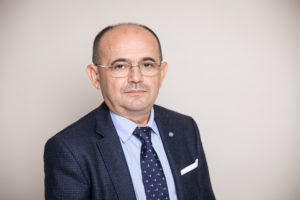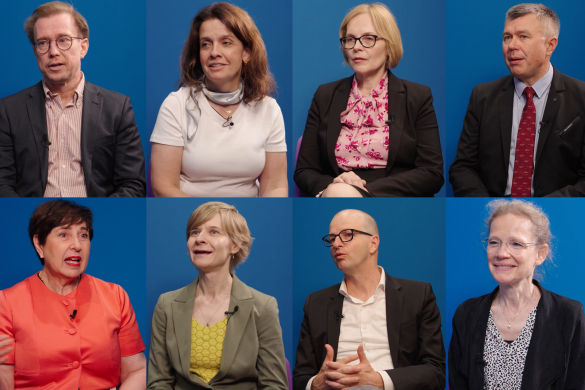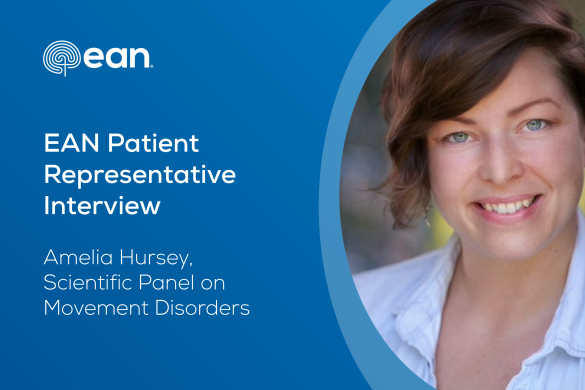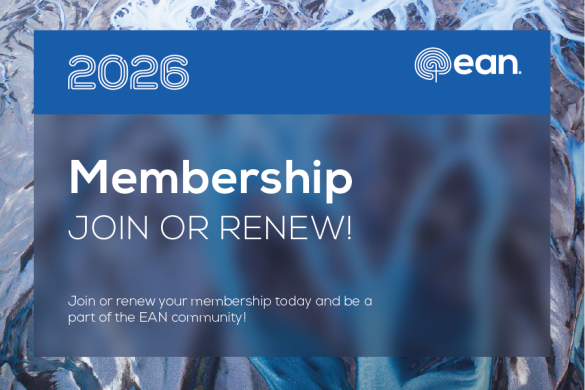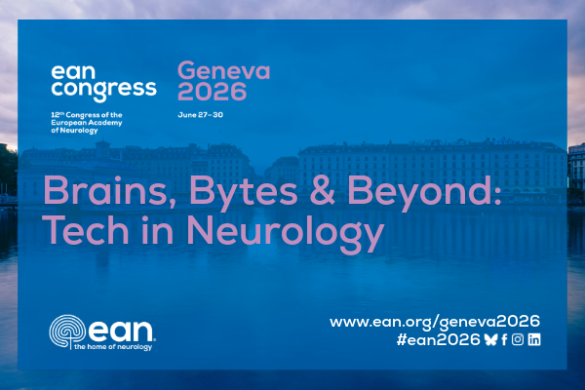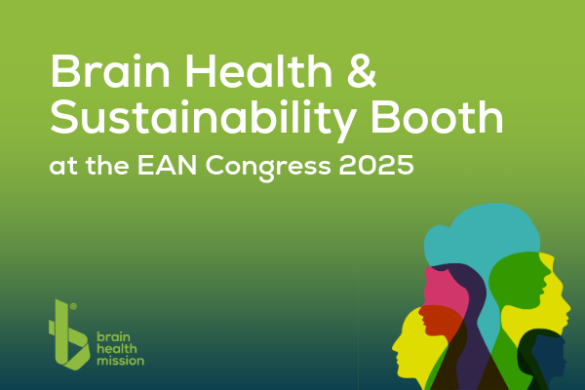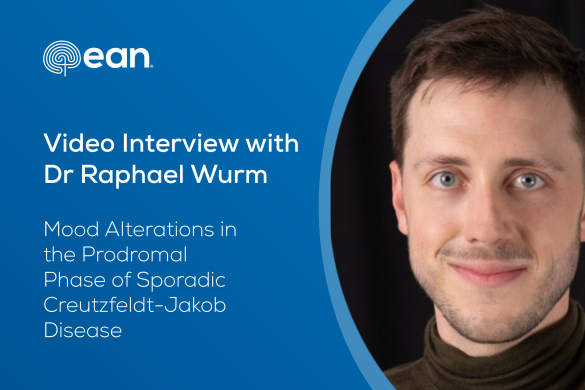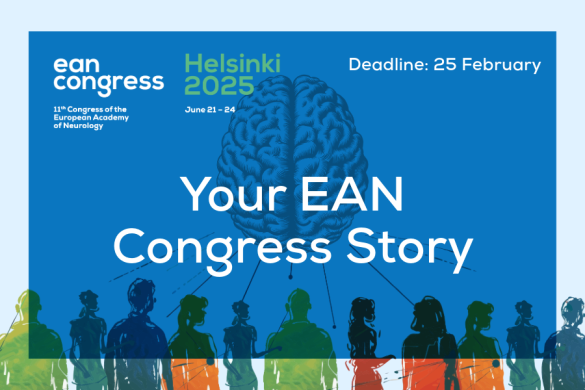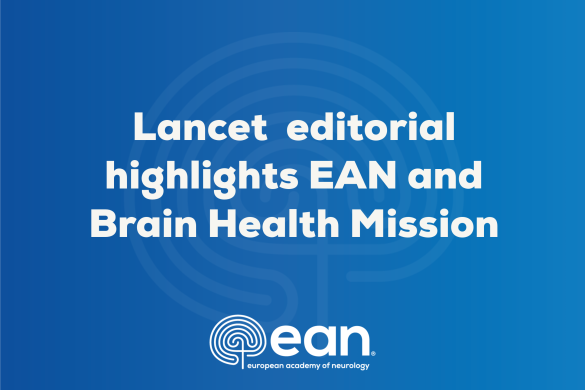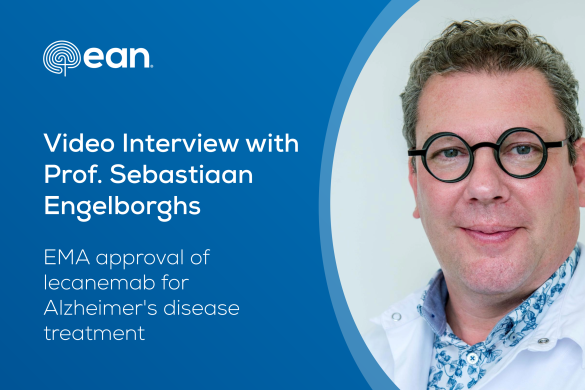Prof. Dafin Muresanu
Prof. Philip Gorwood, President of the European Psychaitric Association
Can you illustrate the structure of EPA to the EAN Pages readers?
Created in 1983, the European Psychiatric Association (EPA) is the leading association representing psychiatry in Europe. It speaks on behalf of the 80,000 European psychiatrists, as well as the 44 national associations of psychiatrists in Europe.
The association aims to promote European psychiatry in the clinical, research, and training fields. Its main lines of action include: joint training of psychiatrists to facilitate the creation of a European identity for the profession; sharing of knowledge and best clinical practices in Europe and worldwide; collaboration with European partner organizations and the development of lobbying with European institutions to improve psychiatric and mental health care in Europe. A highlight of EPA’s activities is the annual organization of the European Congress of Psychiatry. Its last edition was held in Warsaw in April 2019 and brought together 4300 professionals in the sector.
To carry out its missions, the Association, whose governance is ensured by volunteers (psychiatrists), relies on 11 members of staff, based in Strasbourg and Brussels.
[I took over the presidency of the association on April 7, 2019. The motto of my presidency is: “Making EPA the only European platform where mental health care providers (clinicians and beyond) find unique ways and opportunities to share, learn and train. ». One of my key objectives is to develop strategic relationships with other key players and stakeholders in the field of Mental Health care in Europe].
Cooperation among specialty societies in the field of mental health and neurology is essential. Does EPA have such cooperation agreements with other related specialty societies? If yes, can you please elaborate?
The EPA has had regular exchanges and cooperation with the General Practitioners (WONCA), Sleep and Breathing Conference (ERS and ESRS), and Pain Forum, in the frame of invitations to symposia or conferences.
The Association also issued a Joint Statement (2009) with the European Society of Cardiology (ESC) and the European Association for the Study of Diabetes (EASD) on the Prevention of Cardiovascular Disease and Diabetes in People with Severe Mental Illness. More recently, it endorsed a joint statement on mental health for the EU Health Policy Platform (2017) with other mental health stakeholder organizations including the European Federation of Associations of Families of People with Mental Illness (EUFAMI) & Mental Health Europe.
The aim of EPA to “ …deal with psychiatry and its related disciplines and focus on the improvement of care for the mentally ill as well as on the development of professional excellence …” leans very closely to what EAN wants to achieve. How do you see the Memorandum of Understanding (MoU) with EAN and making this cooperation a reality?
The purpose of the MoU between the EAN and the EPA is to reinforce the links and progressively promote a strategic and cooperative partnership between the two associations. Different forms of collaboration are envisaged: to develop joint guidelines; to identify efficient ways to have co-operation at the European level; to propose joint symposia and other mutual promotion actions/events in the congress of each association; to share training activities and possibly define a common curriculum for neurology and psychiatry residency in Europe. It is a very exciting project for the leaders and members of both associations!
EAN has a longstanding cooperation with EFNA – European Federation of Neurological Associations, the umbrella organization for European based patient associations. Does EPA have a similar contact with the mental health patient associations? If yes, how are those involved in the work of EPA?
Yes, the leading organisations representing mental health patient and families’ in Europe, i.e. Gamian-Europe and EUFAMI, are much involved in the work of EPA. In a first step MoUs were signed with EPA, then we developed joint activities together, such advocacy work with carers, as the joint policy statements “EPA-EUFAMI-GAMIAN European Elections Manifesto, May 2019, and projects on improving the dialogue between patients and practitioners. Now we have even brought this cooperation one step further with the Presidents of Gamian-Europe and EUFAMI being ex-officio members of our Board, so that they have a say in the global strategy, planning and implementation of EPA’s activities.
Dear Prof. Gorwood, thank you for this interview! On behalf of EAN I wish you and EPA all the best and we look forward to a constructive cooperation.
Dafin Muresanu, Chair EAN Communication Committee

